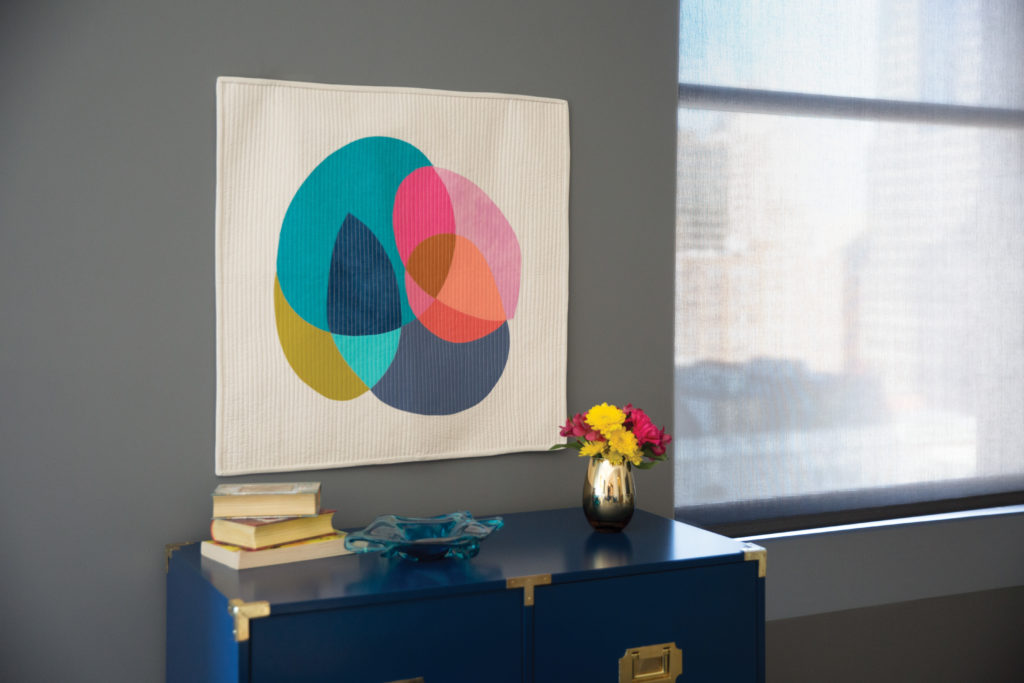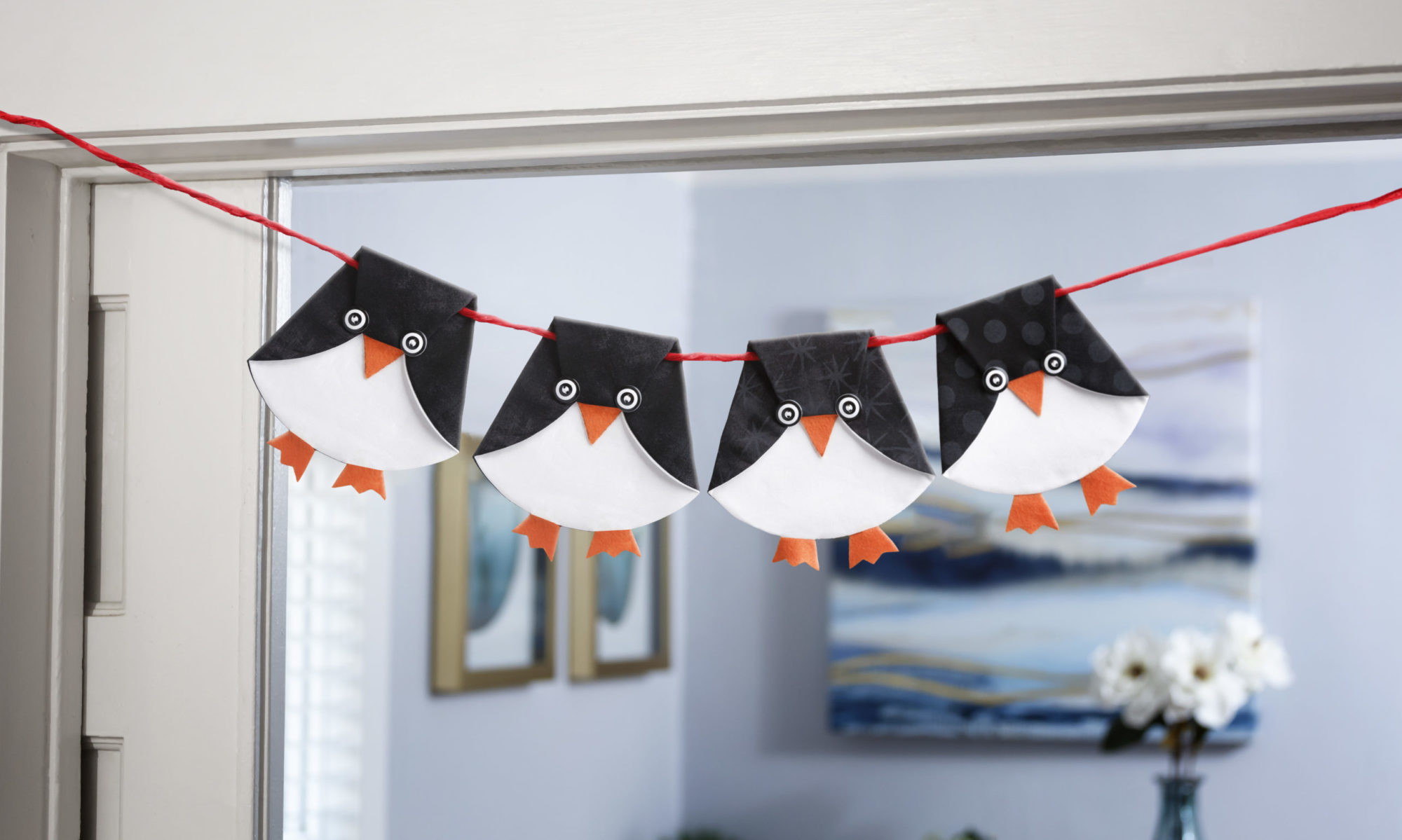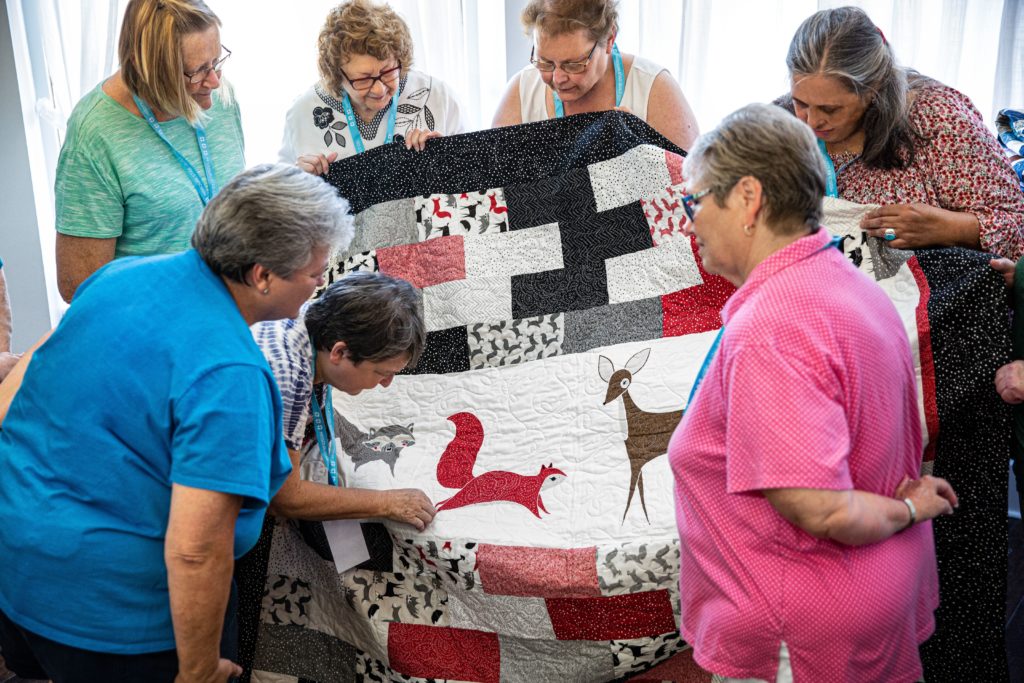
Many have wondered, “Are quilts art or craft?” Well, the answer can be yes to either. Confused yet? Let’s start with the definition of art. In the Oxford dictionary art is said to be, “The expression or application of human creative skill and imagination, typically in a visual form such as painting or sculpture, producing works to be appreciated primarily for their beauty or emotional power.”
In that sense, quilts can be considered an artform. Although quilts are created to serve a purpose, most often to keep us warm, they are also made to be nice to look at. It takes skill and imagination to create a quilt. In addition to this, many quilts are created to celebrate a special occasion, mourn a loss, mark time passing, and so on. They are literal representations of love. Emotion is stitched into every square inch.
Contrary to this definition, are some quilts made without great skill or imagination? Sure. Are some simply utilitarian, without much thought given to the design? Yes. But these early attempts are a first step in learning how to make quilts that could be considered art. The first time we create anything is a trial period. There should be no high expectations. It’s a time to build skill and learn from experience. As we grow, we become more creative in our approach to quilting, gaining confidence in our design choices, and more skilled in quilting techniques. No matter where we begin, we can always improve.

Quilts can also be considered a craft. The definition of craft is, “An activity involving skill in making things by hand.” Simple enough. Quilting is a skill that can be learned by anyone and it can be fun to do even if we don’t view it as an artform. Regardless of what our intent is when we make quilts, they can be both incredibly beautiful and useful. Let’s hear what our customers had to say about quilts being art or craft:
“They are both. When I was in school, many many years ago we could make a quilt in our home economics class as a sewing craft and make another in art class as art.” -Denise Vasel
“In my 3-dimensional design art class in college, we were given the assignment of turning linocut prints we made into quilts. I would say there isn’t much distinction in my mind between craft and art. It’s all art.” -Denise Fox Eskridge
“Both. Craft because you are making something and art because the material, pattern and colors you use makes it unique.” -Paula Herbst
“A quilt is art that you craft.” -Sharon Crouch
“Both, art and craft. You create your own concept, pattern, and color, and craft because it is handmade.” -Pat Trueblood
“They can be both. I think some people are confused because a quilt is used. It’s functional art. It’s consider myself an artist.” -Julie Tierney
“Craft, art, and love.” -Debbie Torrey
“Both but also much more. They are art in the selection of color, fabric, and design. They are craft in the construction and quality of quilting. On top of all that, they are heart, and love, and passion.” -Victoria Hubbard
“Both. Quilting is a work of art and it’s like putting a puzzle together. I never knew I could be so artsy and crafty. Love love love it!” -Alice Hayden
“I was disappointed to have an art teacher tell me that quilting was a craft not art. I believe she is wrong. I have seen so many works of art made from fabric.” -Leslie Savitsky
“Quilting is an art. When you thoughtfully and methodically pick out a pattern and figure out an eye-catching layout and fabric placement for a quilt, that’s art.” -Suzanne K. Einspahr
We completely agree! You are all wonderfully skilled, artistic quilters and we love seeing what you make. Share your beautiful creations with us at #msqcshowandtell and keep on creating your beautifully crafted works of art!


